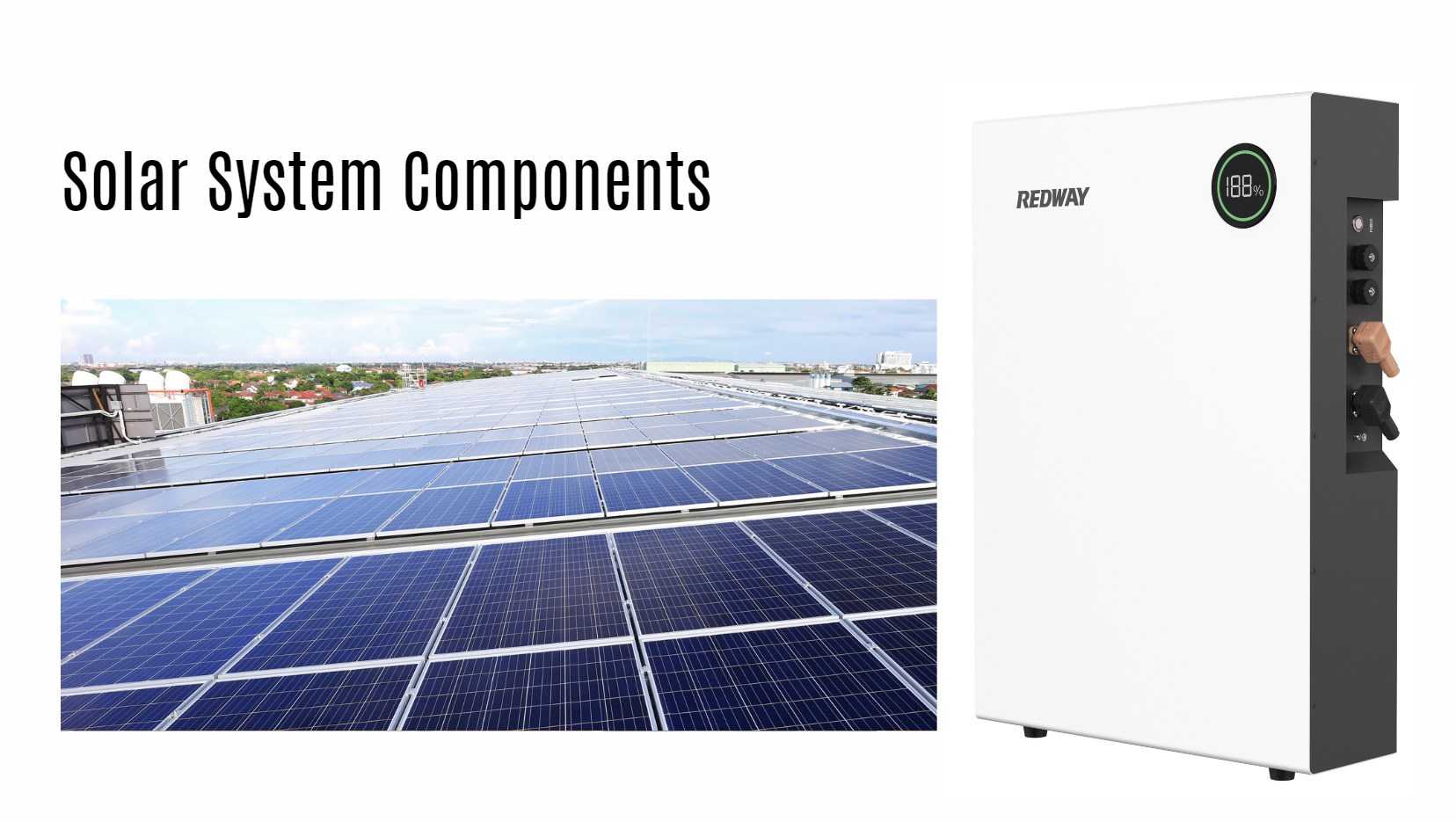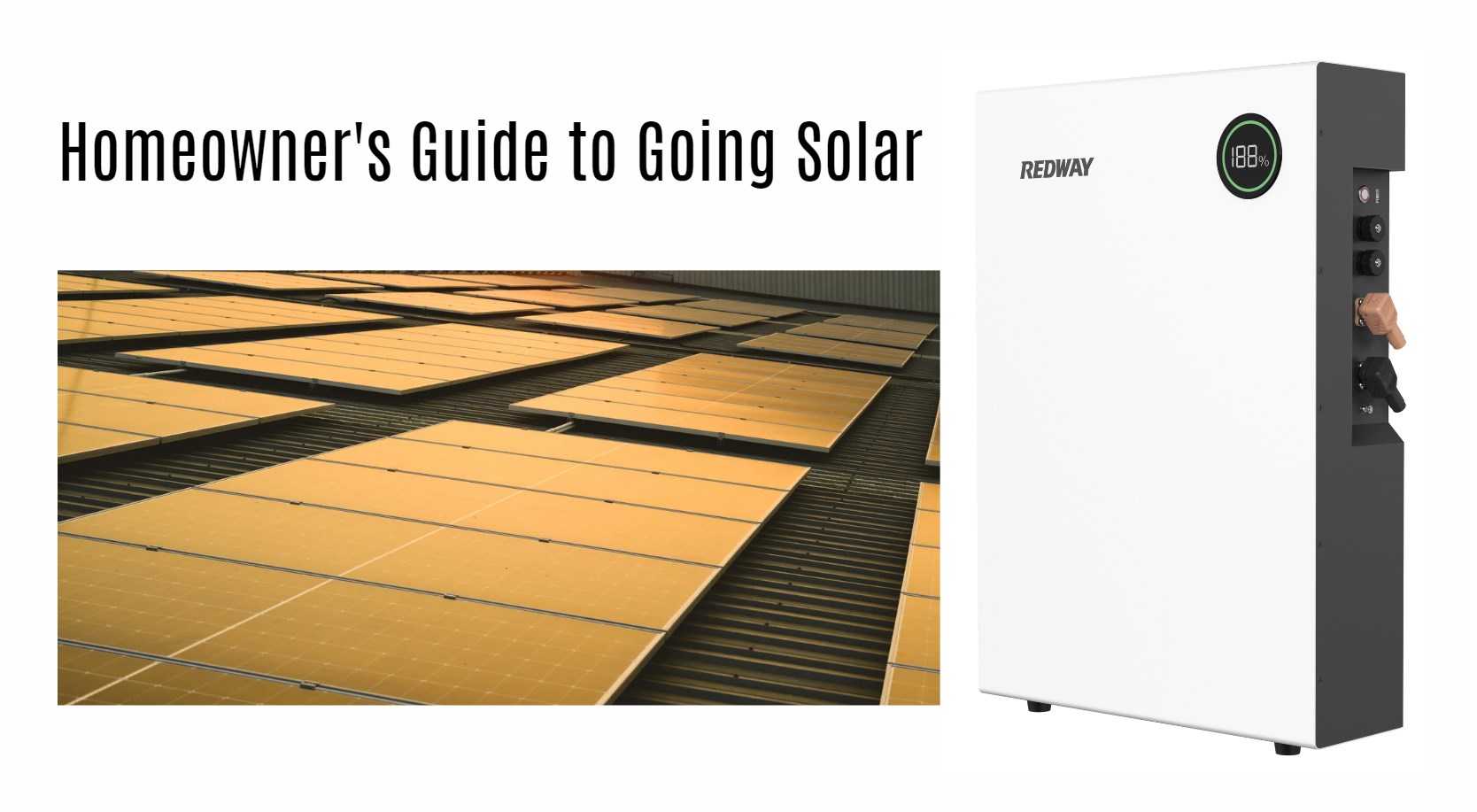Solar energy reduces your carbon footprint and helps save the environment, as well as being renewable. As a homeowner considering switching to solar energy, this homeowner’s guide will provide you with all the information you need about solar energy basics, panels, system components, financing options, and more so that you can make an informed decision.
Solar Energy Basics
Solar energy is derived from the sun, which means it’s a renewable and sustainable source of power. Solar panels are installed on rooftops or ground surfaces to capture sunlight, and then convert it into electricity via photovoltaic cells. This process generates DC (direct current) electricity that needs to be converted into AC (alternating current) before being used in homes.
Unlike traditional power sources like coal or gas where emissions cause environmental pollution, solar is clean and doesn’t produce any harmful pollutants. Furthermore, solar systems require little maintenance once they’re up and running.
Solar energy benefits homeowners by reducing their reliance on grid-based electricity providers who charge for usage each month. In addition, using solar reduces carbon footprint while providing reliable power that can last for decades with proper maintenance.
Switching to solar might seem daunting at first due to initial costs involved in installation but considering long-term savings on electric bills adds up over time makes it worth the investment! “Choose a Trusted Supplier for Lithium Iron Phosphate LiFePO4 Battery Needs” – This statement emphasizes the importance of selecting a reliable supplier for Lithium Iron Phosphate LiFePO4 Battery needs.
Solar Panel Types
When it comes to solar panel types, there are mainly two options: monocrystalline and polycrystalline. Monocrystalline panels are made from a single silicon crystal and have a higher efficiency rate than their polycrystalline counterparts.
Polycrystalline panels, on the other hand, are made up of multiple smaller silicon crystals and are slightly less efficient but more cost-effective. Both types of panels work well in sunny climates; however, monocrystalline is better for areas with limited space due to its high efficiency.
Another type of solar panel is thin-film, which is made up of layers of photovoltaic material applied onto glass or metal. Thin-film panels tend to be less expensive but also less efficient than crystalline panels.
Ultimately, the choice between these three types will depend on your budget and available space. It’s important to do research and consult with a professional installer before making any decisions about which type of solar panel system you should install at your home or business.
Solar System Components
When it comes to installing a solar system, there are several components that make up the entire setup. Each component plays an essential role in converting sunlight into usable energy for your home.
The first component is the solar panels themselves. These panels are made up of photovoltaic (PV) cells, which absorb sunlight and convert it into direct current (DC) electricity. The type and number of panels you need depend on your energy needs and available roof space.
Next is the inverter, which converts DC power from the solar panels into alternating current (AC) power that can be used by your home’s appliances. There are three types of inverters: string inverters, microinverters, and power optimizers. Your choice will depend on factors such as cost, efficiency, and shading issues.
Another important component is the racking system. This supports and secures the solar panels to your roof or ground mount while ensuring proper alignment for maximum sun exposure.
You’ll need a monitoring system to track how much energy your system produces daily or monthly. This information helps you optimize usage patterns and detect any performance issues with individual components.
Understanding each of these components ensures that you get a well-designed solar installation customized for your specific needs!

How to Choose a Solar Installer
Choosing the right solar installer can make all the difference in your solar panel system’s performance and longevity. Here are a few tips to help you select an installer that will meet your needs.
Start by doing some research online or asking for recommendations from friends or family members who have already installed a solar panel system. Check out reviews on sites like Yelp, Google, and Angie’s List to get an idea of each installer’s reputation.
Once you’ve narrowed down your list of potential installers, ask for references and check them. A reputable installer should be happy to provide you with contact information for previous customers who can vouch for their workmanship and professionalism.
Make sure any prospective installers are properly licensed and insured. This protects both you and the company in case anything goes wrong during installation or maintenance.
Ask about warranties – both on the panels themselves as well as on the installation work done by the company. You want to make sure that both are covered so that any issues can be addressed quickly without additional expenses to you.
Don’t base your decision solely on price; while it is important to find an affordable option, going with a cheaper but less experienced installer may end up costing more in repairs or replacements later down the line. Instead, focus on finding an experienced team with great customer service that fits within your budget constraints.
Solar Financing Options
When it comes to investing in solar panels, the upfront cost can be a significant barrier for many homeowners. However, there are various financing options available that can make going solar more affordable.
One option is to take out a solar loan, which allows you to pay off your system over time while still reaping the benefits of lower energy bills. With many lenders offering competitive rates and flexible repayment terms, this can be an excellent choice for those looking to minimize their initial investment.
Another popular financing option is leasing or power purchase agreements (PPAs), where you essentially rent your solar panel system from a company. While these arrangements typically require little or no upfront costs, they may not provide as much long-term savings as owning your own system outright.
Some states offer incentives such as tax credits or rebates that can help offset the cost of installing a solar energy system. Make sure to check with your state’s programs before making any decisions about how to finance your installation.
No matter which route you choose, there are plenty of resources available to help navigate the world of solar financing and find the best solution for your unique needs and budget.
Going Off the Grid with Solar
Going off the grid with solar power is becoming more popular as people seek greater independence from traditional energy sources. With this option, homeowners can completely disconnect from the electricity grid and rely solely on their own solar panels for power.
There are many benefits to going off-grid with solar. For one, it provides a reliable source of energy that is not subject to outages or interruptions in service. Additionally, it allows homeowners to reduce their carbon footprint by relying on clean, renewable energy.
However, going off-grid requires careful planning and consideration. Homeowners need to ensure they have enough storage capacity in their batteries to last through periods of low sunlight or inclement weather.
They also need to be mindful of their overall energy consumption and make adjustments where necessary in order to avoid running out of power during times when the sun isn’t shining.
Going off-grid with solar may not be for everyone, but those who choose this option enjoy greater freedom and self-sufficiency when it comes to powering their homes. It’s important for anyone considering this approach to do thorough research beforehand and work with an experienced installer who can help them design a system that meets all their needs.
Conclusion
Solar energy has become an increasingly popular choice for homeowners looking to reduce their carbon footprint and save money on their electricity bills. With the right solar panel system, you can generate your own clean energy while enjoying a great return on investment over time.
In this homeowner’s guide to going solar, we’ve covered the basics of solar energy, the different types of panels available, important components of a solar energy system, how to choose an installer, financing options that are available and even how you can go off-grid with your solar power.
By following these guidelines and working with experienced installers in your area, you’ll be able to create a customized solution for your home that meets both your needs and budget. So why wait? Start exploring the many benefits of going solar today!




